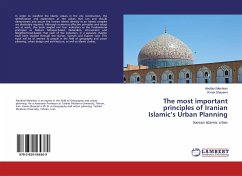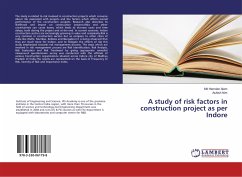From the first Islamic building of Kaba and the Grand Mosque surrounding it, the Islamic architecture had developed considerably. When Islam came to Indian subcontinent, a new era began. Islam was confronted with an existing style of architecture that was very old and developed. The difference between Hindu and Muslim style of architecture was clearly marked. The Hindu temple had a scared chamber, icons, carved figures, spires etc with trabeate method of construction. On the other hand, the mosque facing the direction of Mecca and encompassing a rectangular open space employed the arcuate method. There were no idols or images as it was prohibited in Islam. There were true arches, tiles, painted plaster, tiles, calligraphy, arches and domes. Apart from mosques, there were tombs and secular structures like forts, palaces, gardens and pavilions. Gradually, there was synthesis of Hindu and Muslim styles and the Indo-Islamic architecture developed with its own identity.








